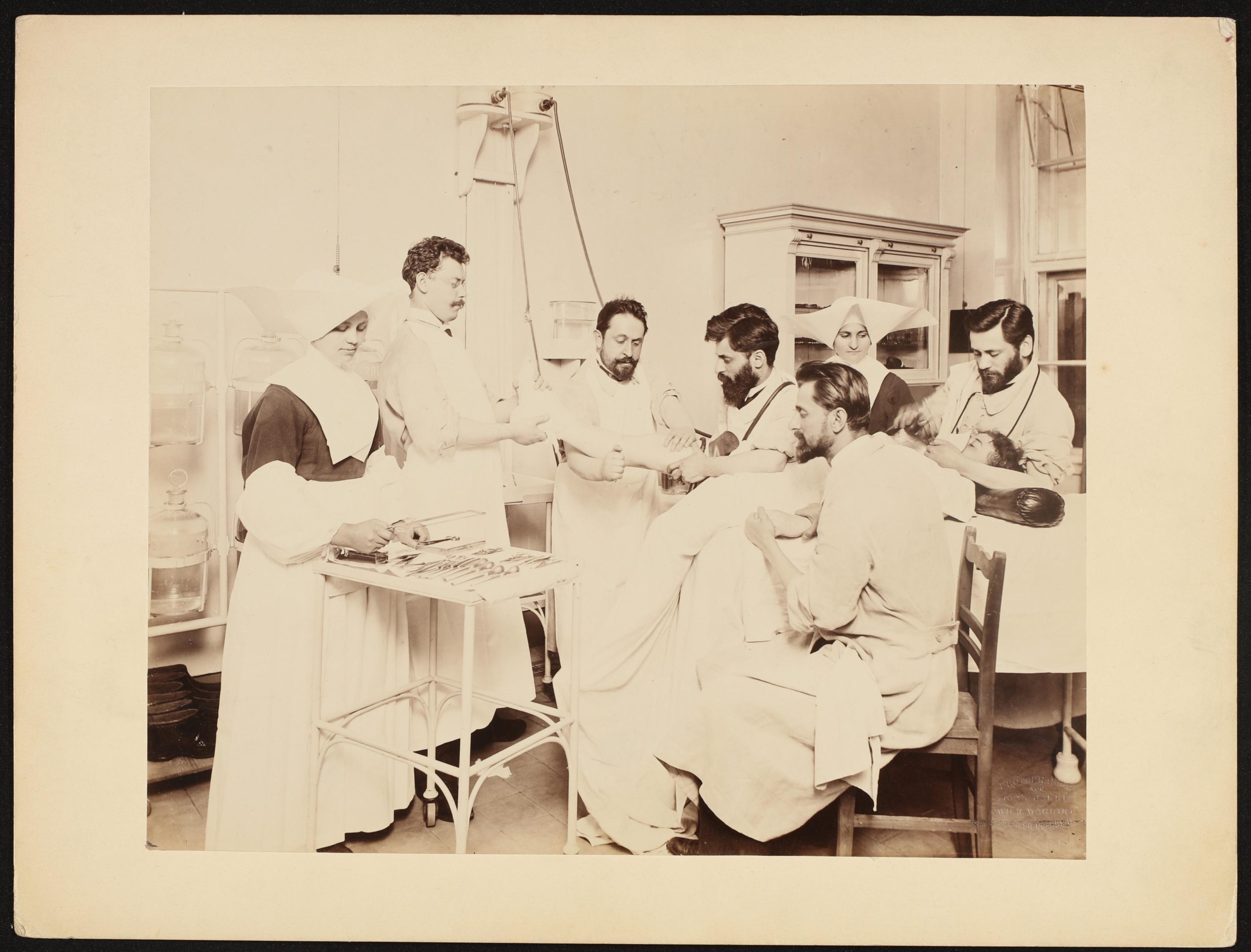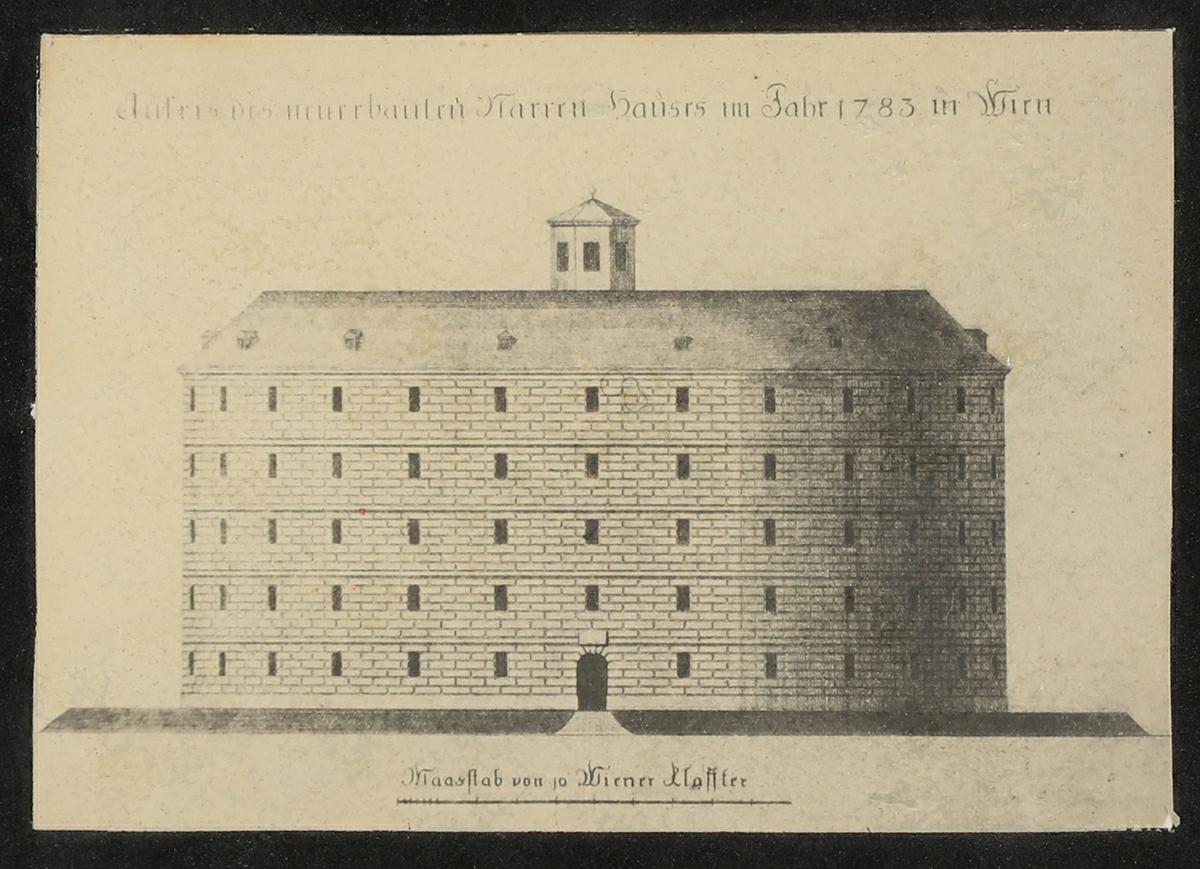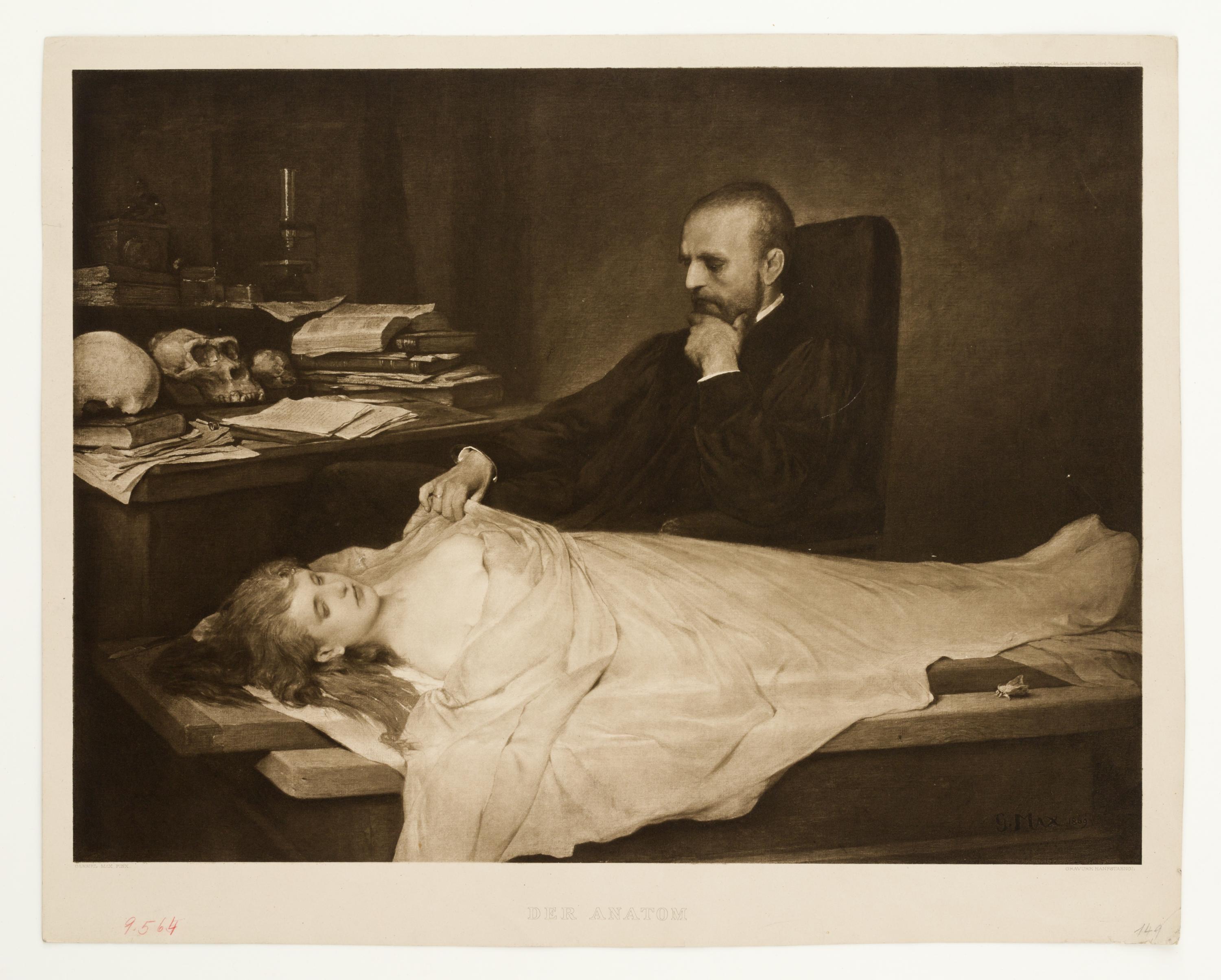Discoverer of the blood groups, receives the Nobel Prize in 1930. In addition, he describes the Rhesus factor in 1937 and makes a significant contribution to the progress of syphilis and typhus research.
About the collection
The picture collection originates with Max Neuburger, who started collecting and archiving photographs, paintings, watercolors etc. on various themes of relevance to the history of medicine in 1906. Over the years this archive has grown thanks to donations, bequests and permanent loans to more than 60,000 items. Particularly worthy of note are the pictures from the Medical-Surgical Academy in the late 18th century and the watercolors that served as templates for the “Atlas of Skin Diseases” by Ferdinand Hebra.






Young and already established artists go in and out in Berta and Emil Zuckerkandl's salon. Otto Friedrich, co-founder of the Secession, is one of them. He is supposed to portray the anatomist Zuckerkandl at his desk and makes a small sketch for it.
Ignaz Rosanes assisted by four doctors and two religious sisters. The photograph was taken by Max Jaffé.
View of the newly built "House of Fools" with a scale of 10 Wiener Klaffter.
"A particularly significant work is the 'Anatom' at the dissection table in front of the corpse of an unfortunate girl, musing at the moment when, after the soul's escape from destruction, the hand devouring the lines of beauty has not yet erased" (Nicolaus Mann). The Josephinum has an artistic reprint of the painting "The Anatomist" by Gabriel Cornelius von Max, which he painted in 1869.
Most of the anatomical wax models are accompanied by colored drawings and descriptions in Italian or German.

